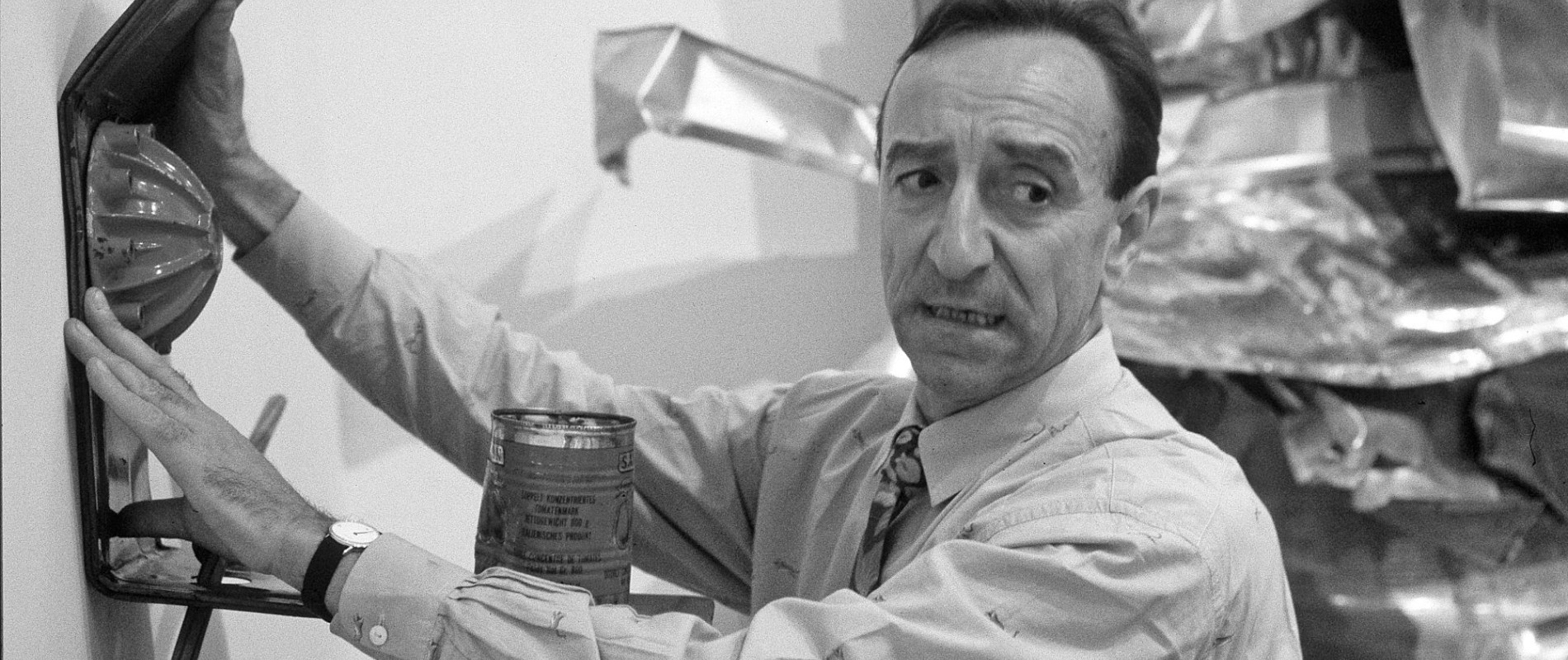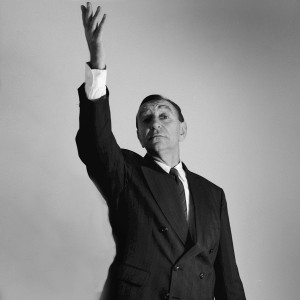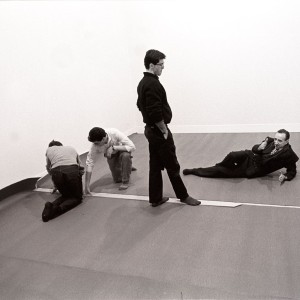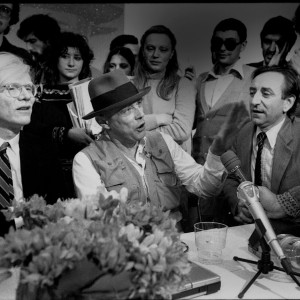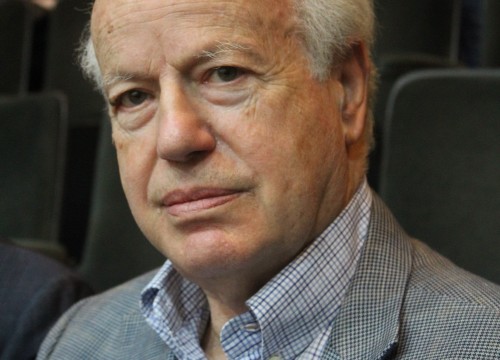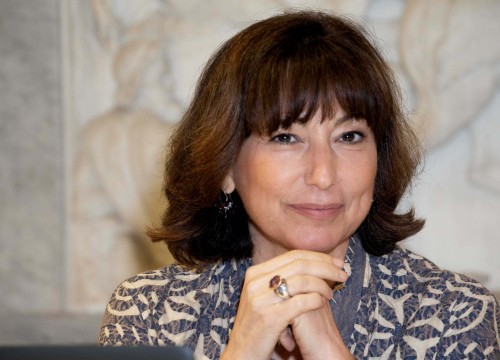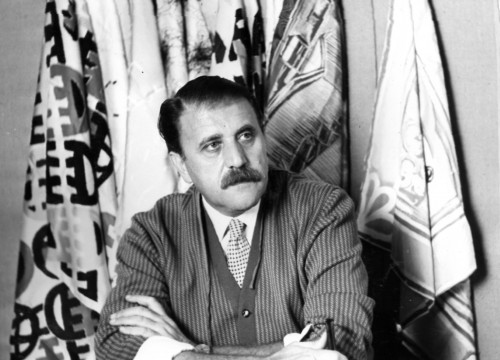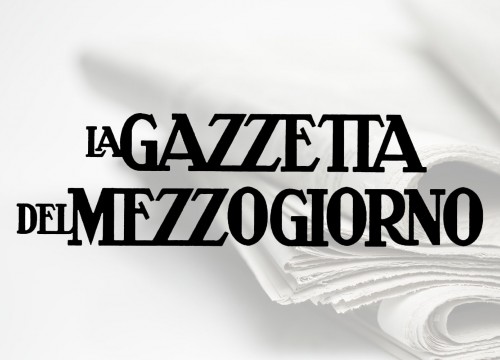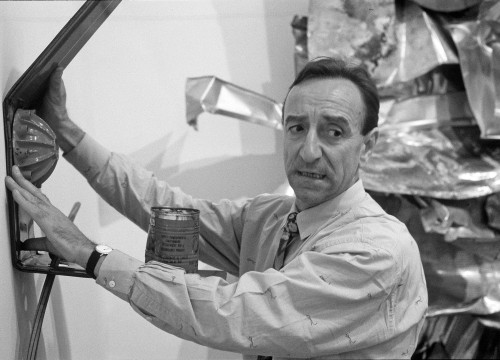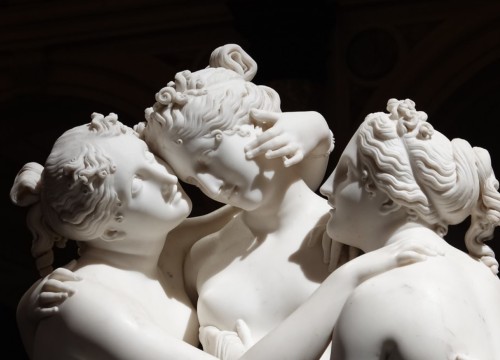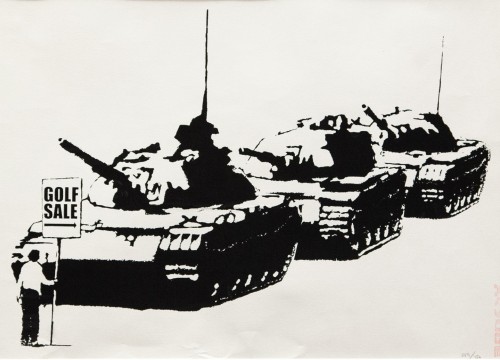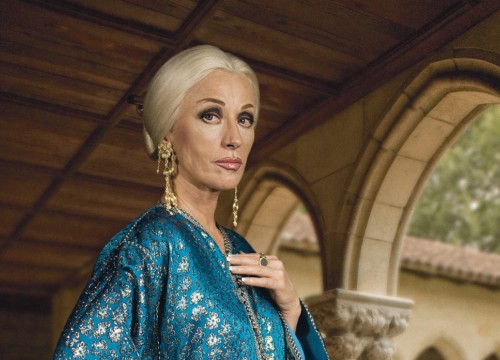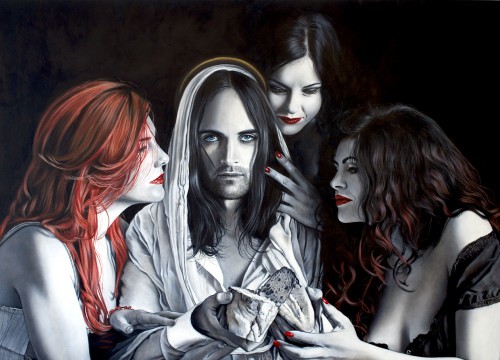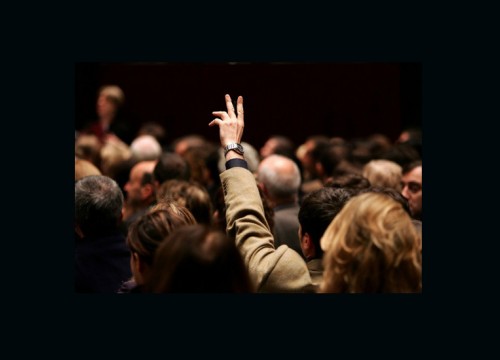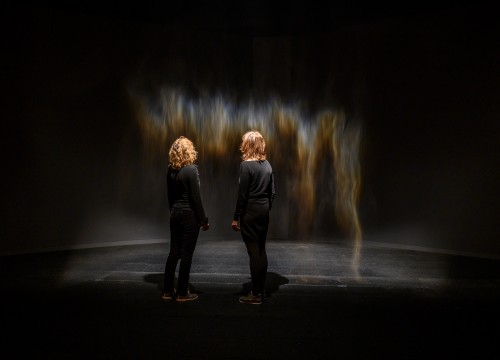Lucio Amelio: the versatile character who was able to change Naples
Artists of the caliber of Twombly, Pistoletto, Pascali, Manzoni and Warhol have been in his gallery
The exhibition of nine artists, including Franco Gelli from Lecce, put together by the lively florentine artist Fiamma Vigo under the name “set di numero” and inaugurated on the 11th of March 1967 was the occasion for my first meeting with Lucio Amelio and his Modern Art Agency, which had opened just two years earlier with “Reisegeschichten”, the personal exhibition of the Berliner Heiner Dilly, located in an apartment in the Parco Margherita in Naples. The same park that three years later, once I found myself in Naples, planning to live there for six months (it ended up being almost five years), I would have watched from above, looking out from the balcony of the third floor of 188 Via Michelangelo da Caravaggio, and that soon would have also witnessed the opening of Lia Rumma’s gallery. But, in the meantime, Amelio and his Modern Art Agency no longer were there. They had moved to Palazzo Partanna, at Piazza dei Martiri 58, continuing in that program which, starting from the relationship between abstraction and figuration, had opened up to the broader contemporary world, to the growing creativity of the south, to the critical debate (the dialogue with the Galleria Inesistente), to the performative and theatrical research, and to the photography. The new beginning takes place on December 21st, 1969 with Il Viaggio of Kounellis followed by, poor art, pop, conceptual and transavantgarde, Marotta, Twombly, Pistoletto, Boezem, Pascali, Alfano, Manzoni, Warhol and others.
In 1971 he hosted Beuys' first solo exhibition in Italy, starting a partnership that would last 15 years
Until the 13thof November 1971, day of the meeting with Joseph Beuys and La rivoluzione siamo noi, his first solo exhibition in Italy, an anthological exhibition with works from 1946 to 1971, drawings, films, videotapes and discussions on the transformation of society through art. This was also the beginning of the long association between Amelio (a complex figure, gallery owner, patron, actor in some of Lina Wertmuller’s films and even a singer!) and the German artist for fifteen years. Buren, Richter, Acconci, Christo, Sol Lewitt, Rauschenberg, and Lüthi are some of the artists who in the gallery until the 19th of October 1975, in which with “Da mezzogiorno al tramonto 10 mostre a Villa Volpicelli, Posillipo”, the gallery celebrated its first ten years and changed its name to “Lucio Amelio. His understanding with the superintendents Causa and Spinosa, and the complicity of Tecce, meant that, from 1976 to 1978, contemporary art landed in Neapolitan museums, first at Villa Pignatelli Cortes with Merz, Pistoletto, Kounellis, Calzolari, Paolini, Beuys with “Traces of Joseph Beuys in Italy”, Alfano, and finally, but this time at Capodimonte, with Burri and his Grande Cretto Nero. All of this while the gallery keeps hosting artists such as Gilbert George, the Neapolitan Gruppo XX (with Balatresi and Panaro), Paladino’s Viaggio notturno , Bagnoli, Cragg and others. April 1st 1980 is the day of “Joseph Beuys by Andy Warhol”, with Lucio as a point of contact and junction between European and American culture and the big party at City Hall Café Napoli with Mastelloni doing cabaret.
After the earthquake in Irpinia in 1980, he organized the great exhibition "Terrae Motus" convinced that art would lead to a rebirth
But 1980 is also the year of the earthquake in Irpinia, a huge catastrophe that drives Amelio, convinced that only the force of art can lead to rebirth, to urge artists to respond to the tragedy with their art. This led to the birth of “Terrae Motus”, an idea/ exhibition/collection that gives us Fate presto by Warhol and the Terremoto in palazzo by Beuys, and next to them, the works of seventy artists including Boltanski, Longobardi, Mapplethorpe, Haring, Long, Vedova, Tafee, and Kiefer. On the 20th of November 1982 the birth of the Foundation Amelio (Lucio and his sisters Anna, Lina and Giuliana) confirms the public commitment that has always been exercised by the Neapolitan art dealer who, after a long illness, died on the 2nd of July of 1984. Four days later, the works of “Terrae Motus” are on display at Villa Campolieto in Ercolano, and then at the Grand Palais in Paris in 1987 and, since November 1992, permanently in the Reggia di Caserta, imagining the museum that Amelio dreamt of.

